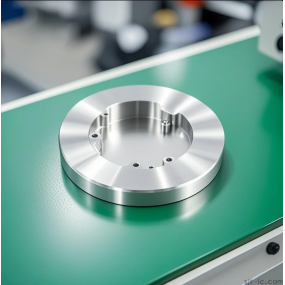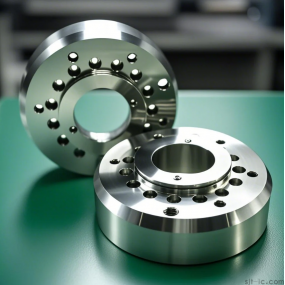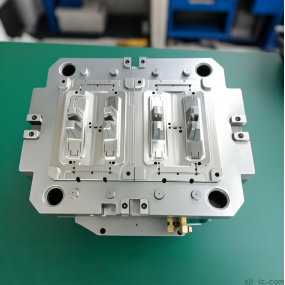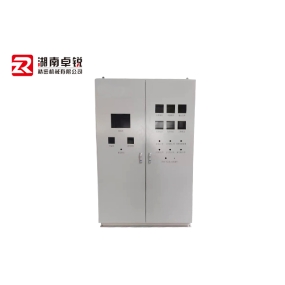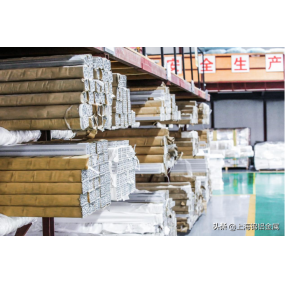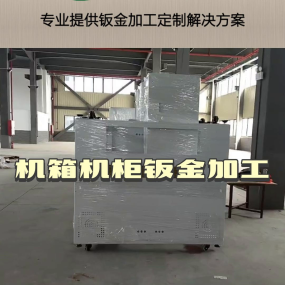Feeling confused about the price tag for your next project? You're not alone. One of the most common questions we hear is, "what does 3-axis CNC Machining really cost?" It's frustrating when you need a clear budget but only find vague numbers. Let's cut through the noise and break down the real factors that determine your final price. 🤔
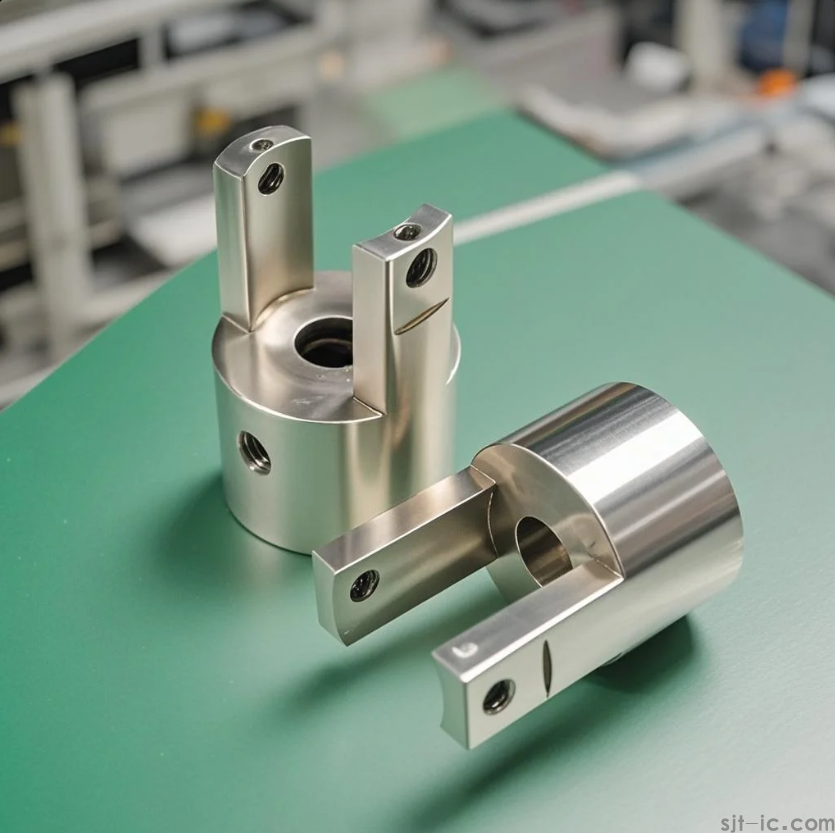
So, How Much Does 3-Axis CNC Machining Actually Cost?
There's no single number we can give you, and any company that does might be oversimplifying things. The truth is, the cost depends entirely on your specific project. Think of it like ordering a pizza—the price changes based on the size, toppings, and crust. For CNC machining, the final price is a mix of material costs, machine time, and labor. But don't worry, we'll show you how these pieces fit together.
The Big Three: What Really Drives the Price Up or Down
Let's look at the main ingredients that make up your quote.
1. The Raw Material You Choose
This is often the most obvious cost. A block of aluminum will have a different price than a block of stainless steel or titanium. The harder or more exotic the material, the higher the cost. Also, the size of the raw block you start with matters—bigger parts need more material, which costs more.
2. Machine Time and Complexity
This is about how long the machine needs to work on your part. A simple bracket with a few holes might take 30 minutes. A complex housing with intricate pockets and curves could take hours. More time on the machine means a higher cost. It's that simple.
3. Setup and Labor Effort
Before the machine even starts, someone has to set it up. This includes designing the toolpath, fixing the material to the machine bed, and installing the right cutting tools. If your order is for just one single part, this setup cost is spread over that one piece. If you're ordering a hundred, that same setup cost is divided, making each part cheaper.
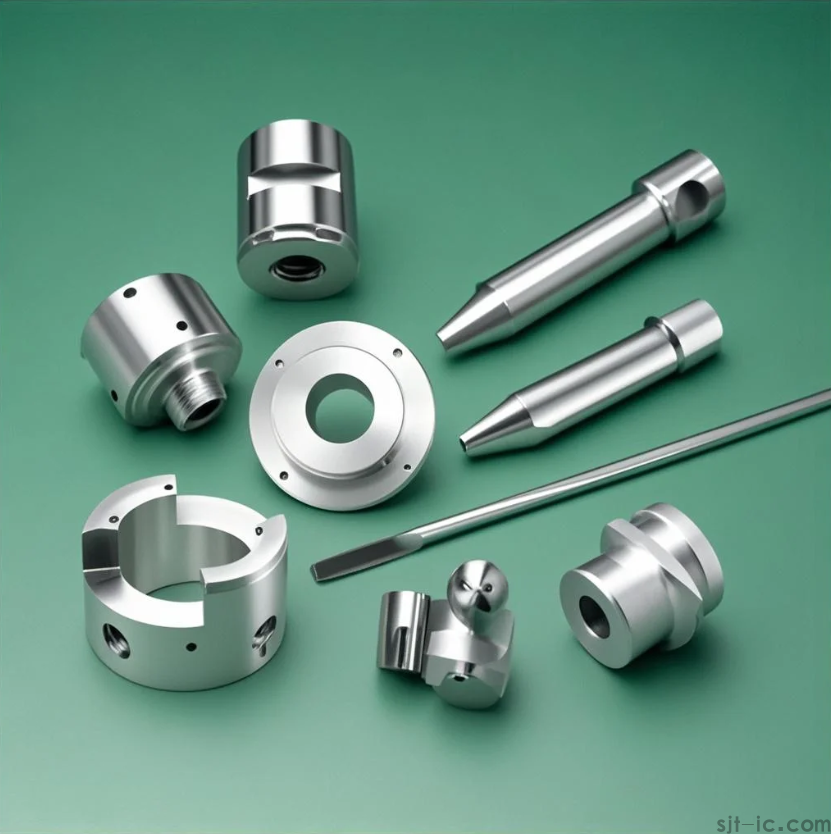
Wait, Are Cheaper Parts Always a Good Deal?
It's tempting to go with the lowest quote. I get it. But here's a thought: a surprisingly low price might be a red flag. It could mean the shop is cutting corners—maybe using worn-out tools, less experienced operators, or lower-grade materials. This can lead to parts that don't fit right or fail early. A slightly higher investment with a reputable shop often means better quality, reliability, and fewer headaches down the road. It's a balance, for sure.
How to Get the Most Accurate Price (Without the Guesswork)
Okay, so you understand the factors. How do you get a real number? The best way is to provide a clear blueprint or a 3D CAD file to a few different manufacturers. This allows them to calculate the material, machine time, and labor precisely. When you're comparing quotes, make sure you're also comparing the same level of service, quality checks, and lead times. Sometimes paying a bit more for faster turnaround or better communication is worth every penny.
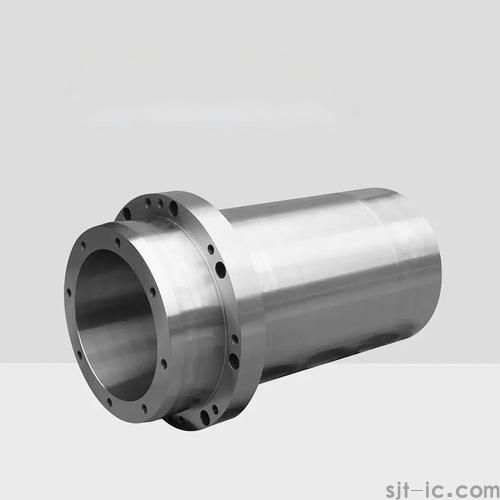
A Little-Known Fact That Can Save You Money
Here's something I've learned from experience: sometimes, a tiny change to your design can lead to a big drop in cost. For example, if you can increase the radius of an internal corner just slightly, it might allow the machine to use a standard, larger tool instead of a slow, specialized small one. This small tweak can slash machining time. It's worth having a conversation with your manufacturer about design for manufacturability—they might spot easy wins you didn't see.
Getting a fair price for your CNC machined parts doesn't have to be a mystery. It's all about understanding the process and communicating clearly. If you have a design ready and want a transparent, no-obligation quote, why not reach out to our team today? We're here to help you figure it out. 😊


 Spanish
Spanish Arabic
Arabic French
French Portuguese
Portuguese Belarusian
Belarusian Japanese
Japanese Russian
Russian Malay
Malay Icelandic
Icelandic Bulgarian
Bulgarian Azerbaijani
Azerbaijani Estonian
Estonian Irish
Irish Polish
Polish Persian
Persian Boolean
Boolean Danish
Danish German
German Filipino
Filipino Finnish
Finnish Korean
Korean Dutch
Dutch Galician
Galician Catalan
Catalan Czech
Czech Croatian
Croatian Latin
Latin Latvian
Latvian Romanian
Romanian Maltese
Maltese Macedonian
Macedonian Norwegian
Norwegian Swedish
Swedish Serbian
Serbian Slovak
Slovak Slovenian
Slovenian Swahili
Swahili Thai
Thai Turkish
Turkish Welsh
Welsh Urdu
Urdu Ukrainian
Ukrainian Greek
Greek Hungarian
Hungarian Italian
Italian Yiddish
Yiddish Indonesian
Indonesian Vietnamese
Vietnamese Haitian Creole
Haitian Creole Spanish Basque
Spanish Basque


